Easy Korean-Inspired Chicken Bibimbap with Brown Rice
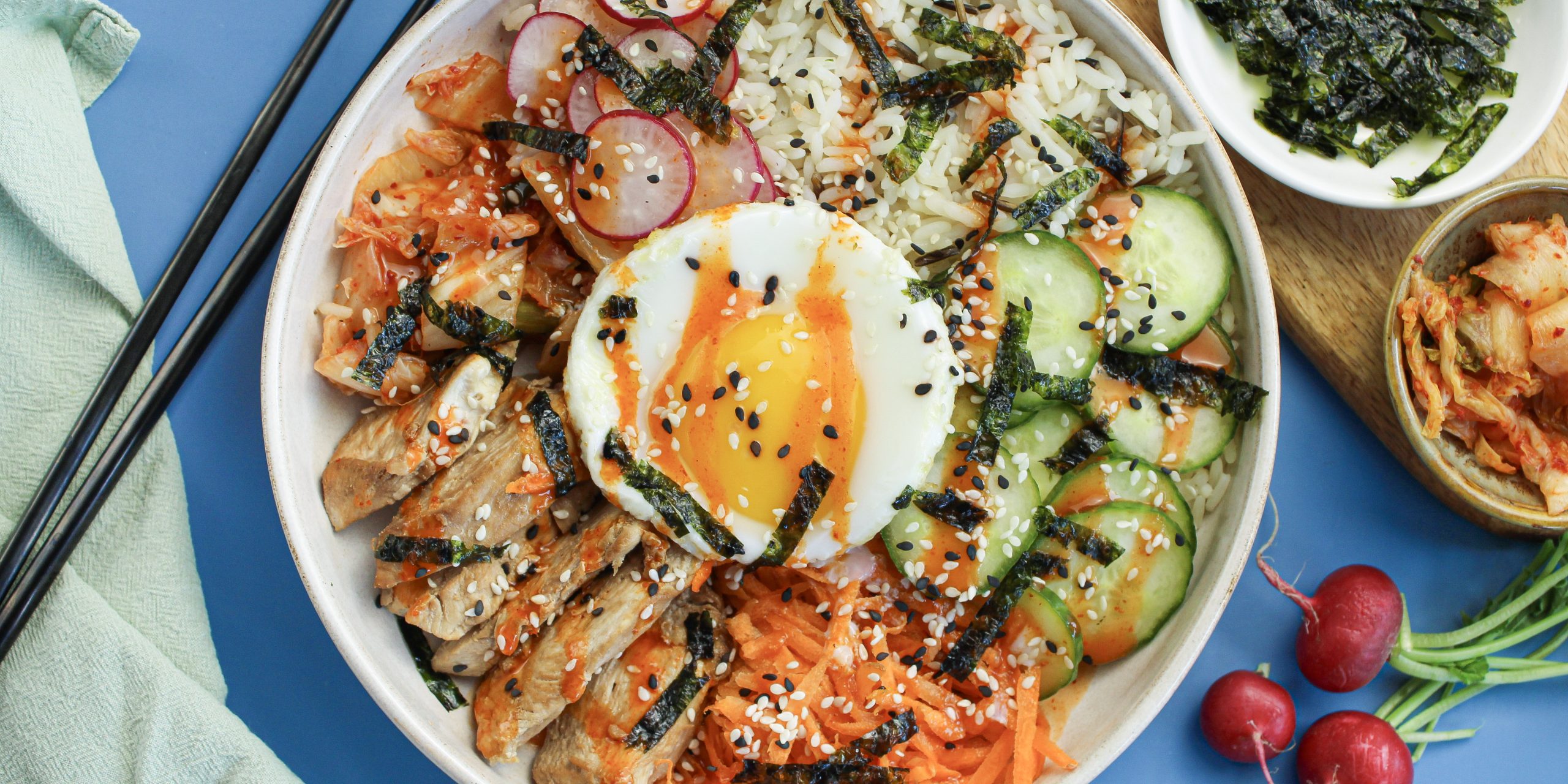
- Suitable for diets:
- Dairy-Free
- Heart-Healthy
- High-Fiber
- High-Protein
- Nut-Free
Why Diabetes Friendly?
Whole grains: Brown rice has a lower glycemic index than white rice, leading to slower blood sugar spikes.
Lean protein: Chicken breast provides satiating protein without saturated fat overload.
Low-sodium tweaks: Low-sodium soy sauce helps manage blood pressure and fluid retention.
High fibre: Veggies like carrots, cucumber, radish, and kimchi support digestive health and slow glucose absorption.
Healthy fats: Sesame oil is used in moderation and provides unsaturated fats.
Portion control: A balanced bowl format makes it easier to manage carbs, proteins, and fats in one meal.
Equipment
- mixing bowls ((for marinating and sauce))
- Frying pan ( or skillet)
- Small pot ((if cooking rice fresh))
Ingredients
Base
- brown rice (cooked) 1 cup
Chicken
- chicken ((7 oz), breast, boneless, thinly sliced) 200 g
- soy sauce (low-sodium) 1 tbsp
- sesame oil ½ tsp
- garlic (minced) 1 clove
- rice wine vinegar 1 tsp
Toppings
- egg (fried or soft-boiled) 2
- carrots (shredded) ½ cup
- cucumber (sliced) ½ cup
- radish (sliced) ¼ cup
- kimchi (optional) ¼ cup
- sesame seeds 1 tsp
Quick Sauce
- gochujang (or use a little sriracha + soy sauce if you prefer) 1 tbsp
- sesame oil 1 tsp
- water ( to thin it out (optional)) 1-2 tsp
Cooking Tips
Marinate for more flavour: Let the chicken sit in the marinade for 15–30 minutes to enhance taste and tenderness.
Batch-cook your grains: Prepare brown rice in advance and refrigerate or freeze portions for easy assembly during the week.
Use prepped veggies: Pre-shredded carrots and sliced cucumbers save time and make this recipe even quicker.
Customize the heat: Adjust the spiciness of the sauce by thinning gochujang with water or using sriracha for a milder version.
Soft-boiled or fried egg options: Choose your preferred egg style—soft-boiled eggs add creaminess, while a fried egg brings texture.
Grill or air-fry the chicken: For less oil and extra crispiness, try grilling or using an air fryer instead of pan-frying.
Add more greens: Toss in spinach, blanched bean sprouts, or steamed kale for added nutrients and fibre.
Instructions
- Prepare the brown rice according to package directions.1 cup brown rice
- In a small mixing bowl, combine the soy sauce, sesame oil, garlic, and rice wine vinegar. Mix in the chicken breast until fully coated with the sauce.1 tbsp soy sauce, ½ tsp sesame oil, 1 clove garlic, 1 tsp rice wine vinegar, 200 g chicken
- Heat a pan over medium heat. Add the chicken and cook for 5-7 minutes until done.
- Remove the chicken and set-aside. In the same pan, cook eggs sunny-side up or to your liking.2 egg
- Assemble your bowl by adding the brown rice and chicken. Top with shredded carrot, cucumber, radish, kimchi (if using), and egg. Sprinkle with sesame seeds.½ cup carrots, ½ cup cucumber, ¼ cup radish, ¼ cup kimchi, 1 tsp sesame seeds
- Mix gochujang and sesame oil, add water if needed, and drizzle over your bowl.1 tbsp gochujang, 1 tsp sesame oil, 1-2 tsp water
FAQ
Can I use white rice instead of brown rice?
Yes, but brown rice is better for blood sugar control. Quinoa or cauliflower rice are great low-GI alternatives.Is kimchi okay for diabetics?
In moderation, yes. Kimchi is fermented and full of probiotics, but it can be high in sodium—optional or limited portions are best.Can I make this vegetarian?
Absolutely. Swap the chicken for tofu or tempeh and skip the egg or use a plant-based version.What’s a low-sodium alternative to soy sauce?
Coconut aminos or homemade soy-free sauce blends are excellent options.How spicy is gochujang?
It’s mildly spicy with a touch of sweetness. You can adjust the heat by adding more sesame oil or thinning with water.Can I meal prep this?
Yes! Keep the toppings, rice, chicken, and sauce in separate containers for the best texture and freshness.

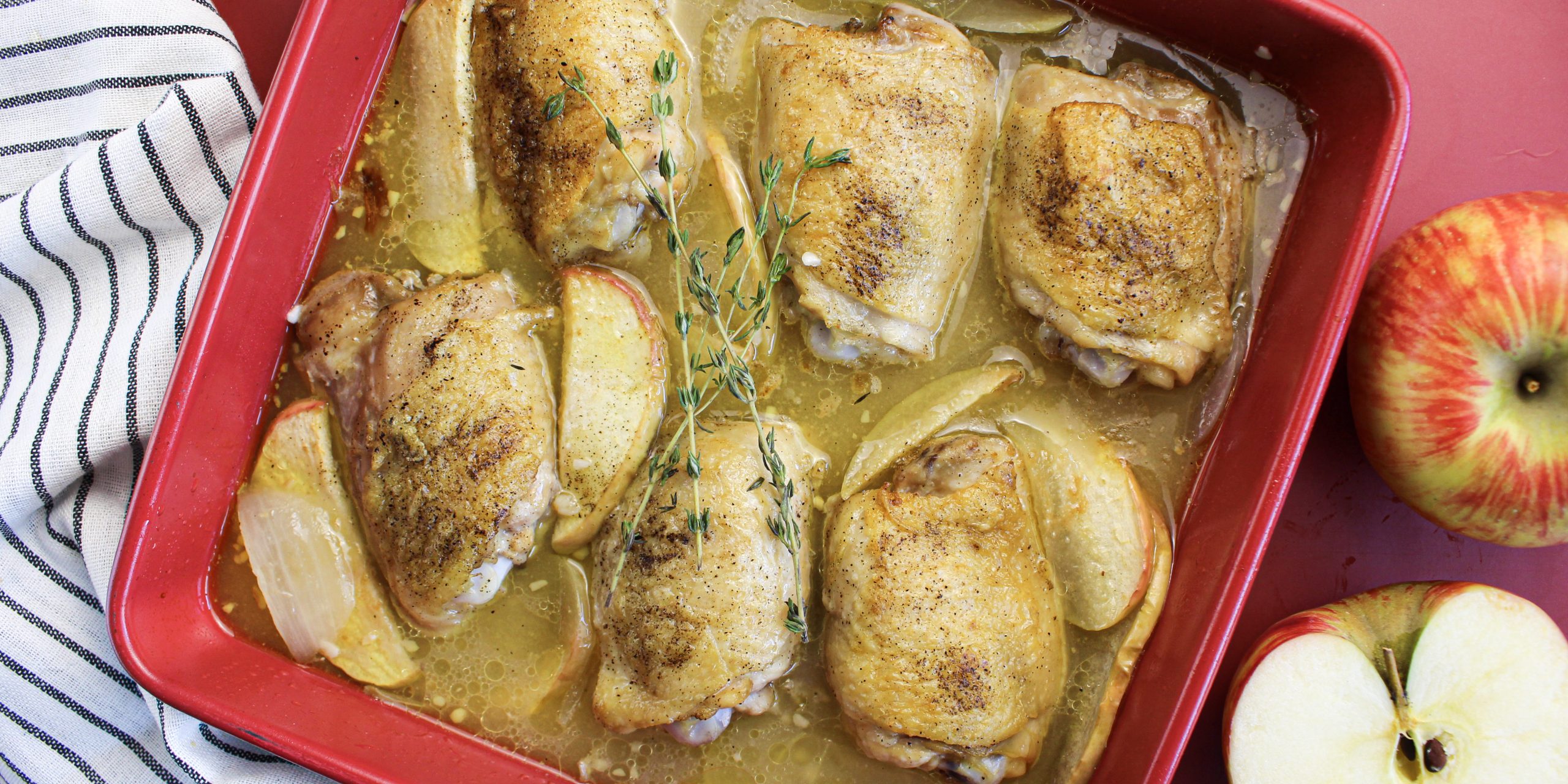
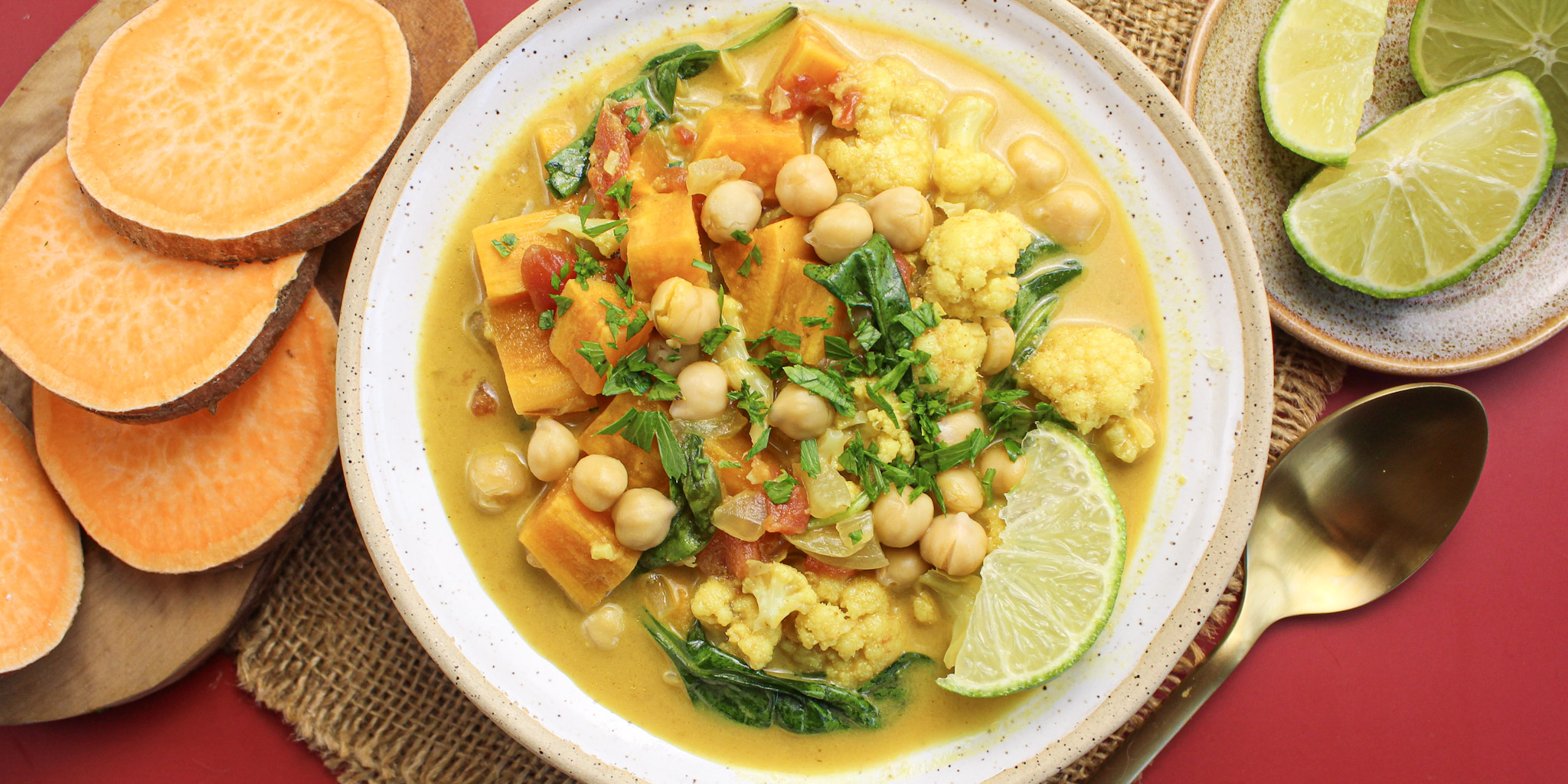
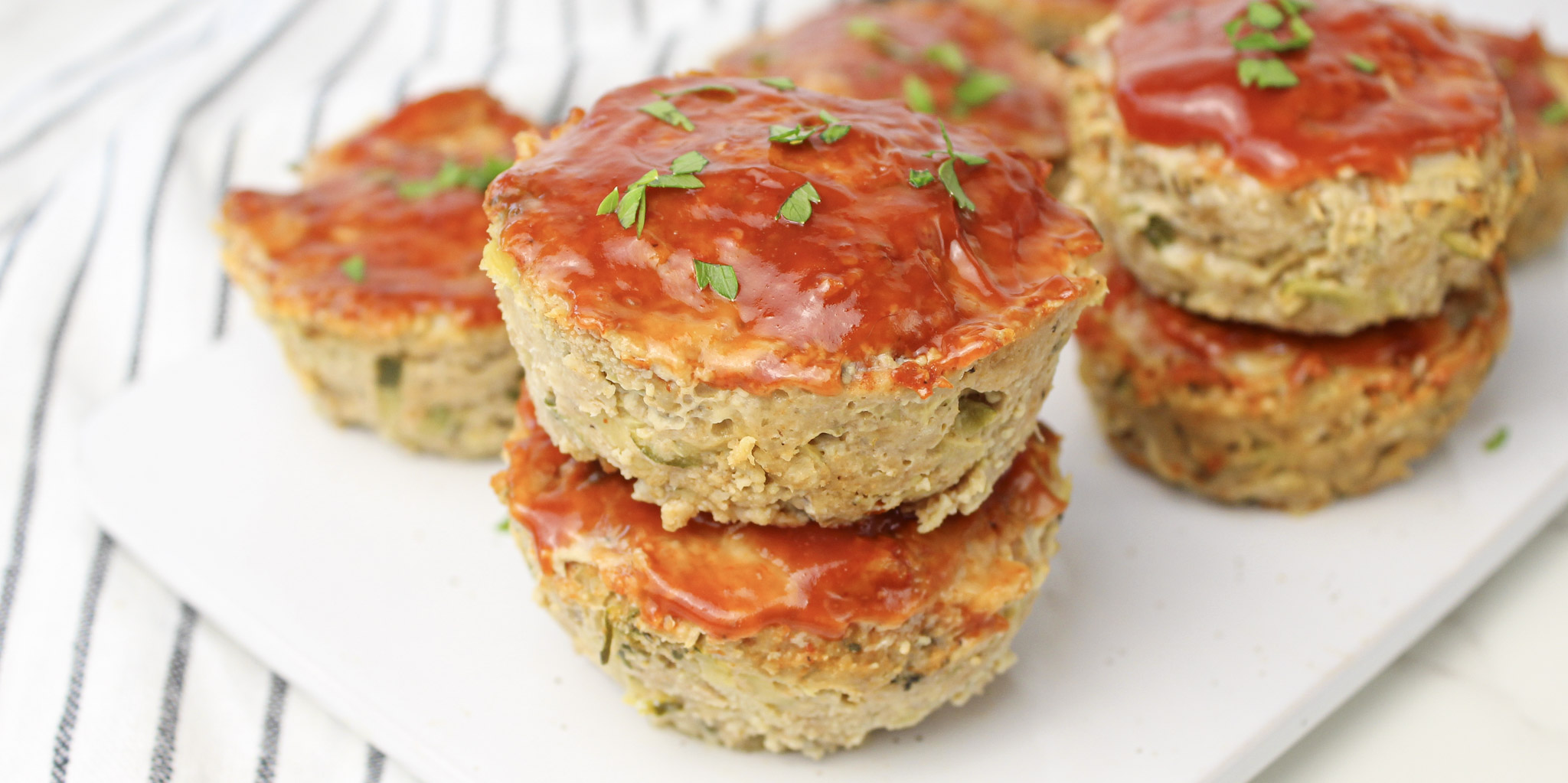
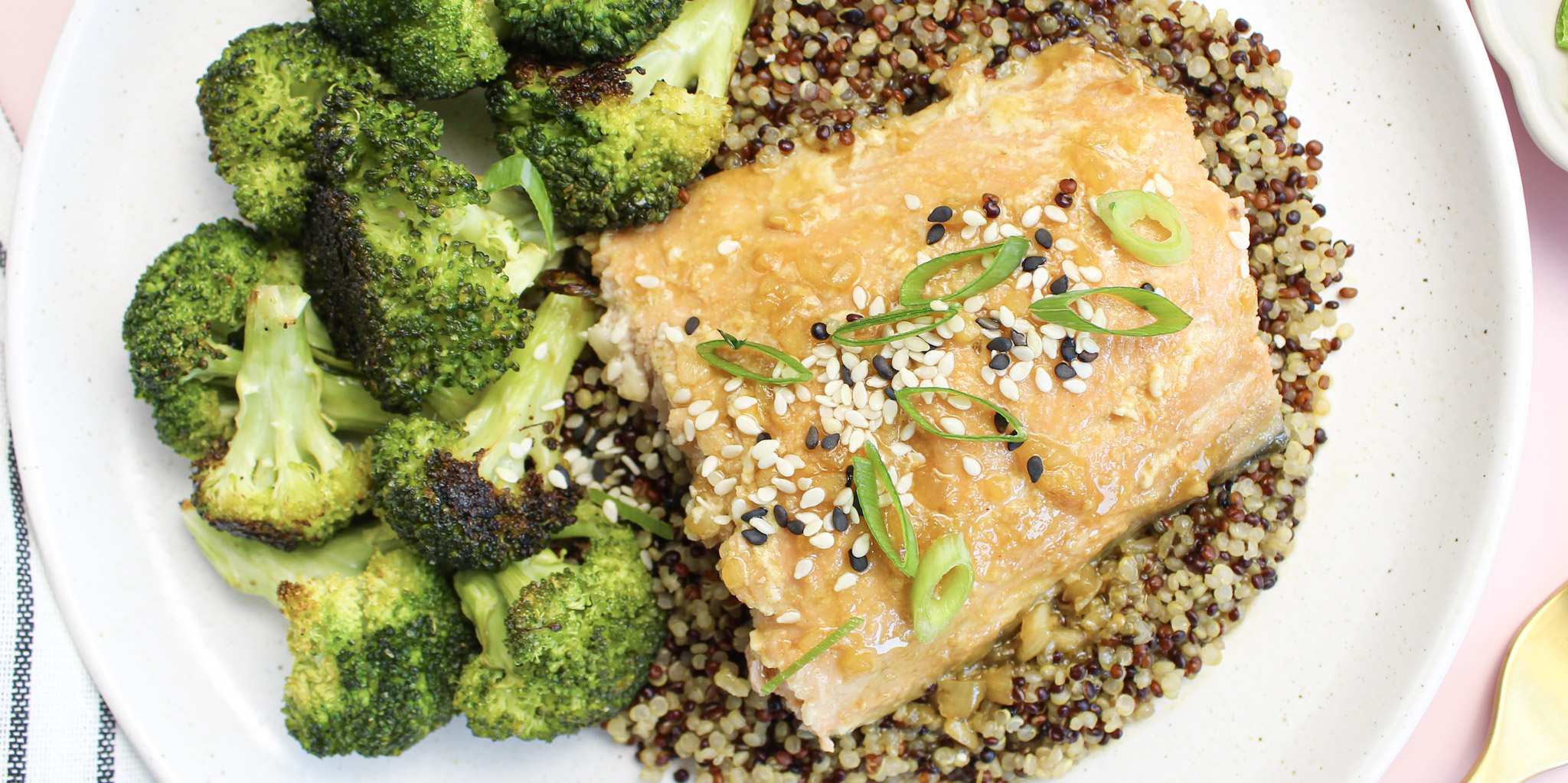
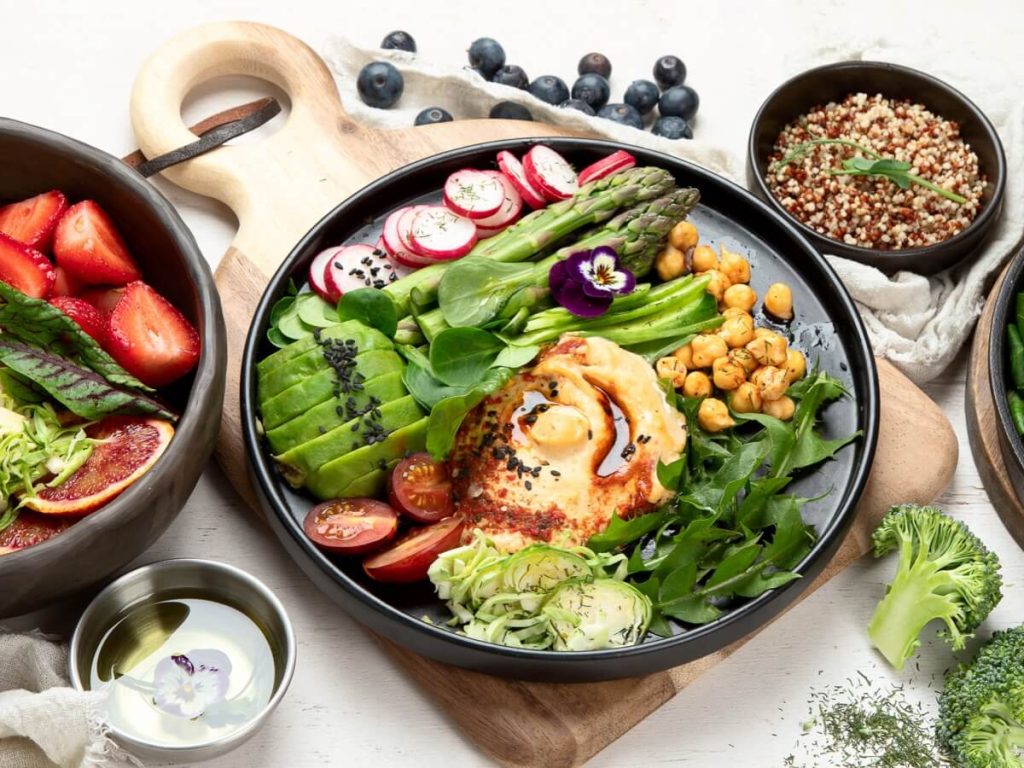



Leave a Reply
You must be logged in to post a comment.